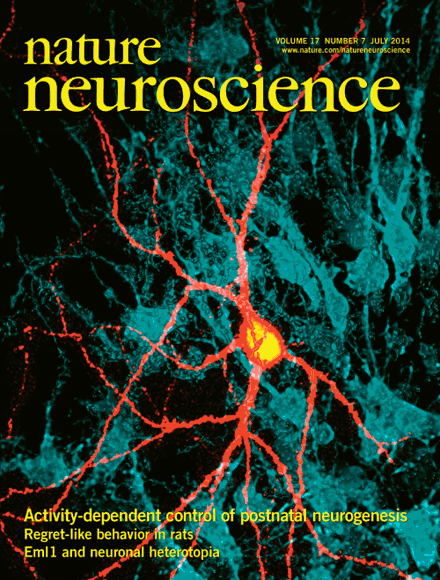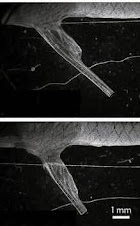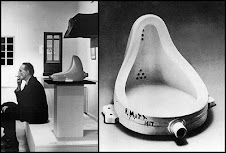A magenta exoplanet 17.5 parsecs from Earth is the lowest-mass planet that has ever been directly imaged orbiting a Sun-like star outside the Solar System, NASA announced last week. The Subaru Telescope on Mauna Kea, Hawaii, took pictures of the exoplanet GJ 504b at near-infrared wavelengths with the help of adaptive optics. GJ 504b is four times more massive than Jupiter and, with a surface temperature of 237 °C, still glows pink from its fiery birth 160 million years ago. The rosy planet (pictured in an artist’s impression) orbits the star GJ 504, which can be seen with the naked eye, in the constellation Virgo. With an orbiting radius 43.5 times Earth’s distance from the Sun, GJ 504b challenges current theories of how far away from stars large planets form. The findings will be published in The Astrophysical Journal.
Clade C es el subtipo más prevalente de HIV-1 en el mundo. La estructura cristalina del núcleo de clade C gp120 es descrito por Bjorkman y colegas, en conjunto con el complejo CD4 y el receptor CD4 - inducidos por anticuerpo. El trabajo revela que el anticuerpo hace contacto con ambos, gp120 y CD4. La portada de la revista muestra una escultura de vidrio de una partícula viral realizada por el artistaLuke Jerram (http://www.lukejerram.com/projects/glass_microbiology).pp 608–613















































































